Simplified Economic Geography By Dr. Krishnanand

Simplified Economic Geography
Unlock the complexities of economic geography with this comprehensive guide. From world development to trade patterns, delve into essential topics with clear explanations and insightful analysis.
Chapter 1: Introduction to Economic Geography: Nature & Scope (Pages 5-13) Explore the fundamentals of economic geography and its significance in understanding global economic systems.
Chapter 2: World Economic Development: Measurement and Problems (Pages 14-31) Examine measures of economic development and the challenges faced by economies worldwide.
Chapter 3: Factors affecting the location of economic activities (Pages 32-41) Analyze the factors influencing the spatial distribution of economic activities across regions.
Simplified Economic Geography
Chapter 4: Primary Activities (Pages 42-69) Study primary economic activities such as agriculture, forestry, fishing, and mining.
Chapter 5: Secondary Activities (manufacturing) (Pages 70-88) Explore manufacturing industries and their role in economic development.
Chapter 6: Tertiary Activities – Quaternary & Quinary Activities (Pages 89-107) Understand the significance of tertiary, quaternary, and quinary sectors in modern economies.
Simplified Economic Geography
Chapter 7: Manufacturing Regions – Industrial Regions (Pages 108-120) Investigate industrial regions and their impact on regional development and global trade.
Chapter 8: Special Economic Zones & Technology Parks (Pages 121-141) Examine the role of special economic zones and technology parks in promoting economic growth and innovation.
Chapter 9: World resources & their distribution (Pages 142-156) Explore the distribution of natural resources and their implications for economic development.
Simplified Economic Geography
Chapter 10: Energy Crisis – Coal Crunch in India (Pages 157-168) Analyze energy crises and their socio-economic implications, focusing on the coal crunch in India.
Chapter 11: Limits to Growth (Pages 169-180) Discuss the concept of limits to growth and its implications for sustainable development.
Chapter 12: World Agriculture Typology of Agricultural Regions – Whittlesey Classification (Pages 181-195) Study agricultural regions and their classification based on Whittlesey’s typology.
Simplified Economic Geography
Chapter 13: Agricultural Inputs and Productivity (Pages 196-205) Examine factors influencing agricultural productivity, including inputs and technology.
Chapter 14: Food and Nutrition Problems – Global Hunger Index (Pages 206-216) Explore global food and nutrition challenges, including the Global Hunger Index.
Chapter 15: Food Security (Pages 217-226) Discuss strategies for ensuring food security and mitigating food insecurity risks.
Simplified Economic Geography
Chapter 16: Famine: Causes, Effects & Remedies (Pages 227-239) Analyze the causes, effects, and remedies for famines around the world.
Chapter 17: World Industries: Locational Patterns and Problems (Pages 240-253) Examine locational patterns and challenges faced by industries on a global scale.
Chapter 18: Patterns of World Trade (Pages 254-264) Study the patterns and dynamics of world trade, including trade agreements and barriers.
“Simplified Economic Geography” is an essential resource for students, researchers, and professionals seeking a comprehensive understanding of global economic systems and their spatial dynamics. With clear explanations and insightful analysis, this textbook offers invaluable insights into the complexities of economic geography.
Follow The Author On Facebook
Subscribe The Author On Youtube
Follow The Author On Instagram


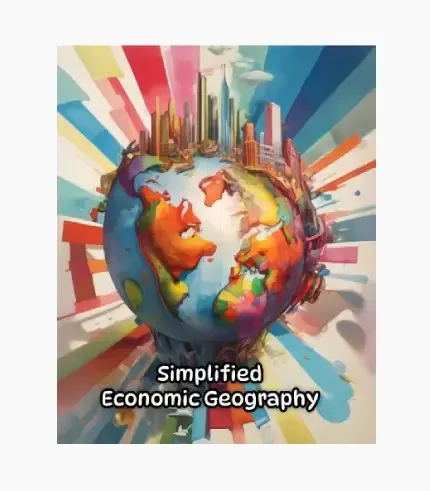
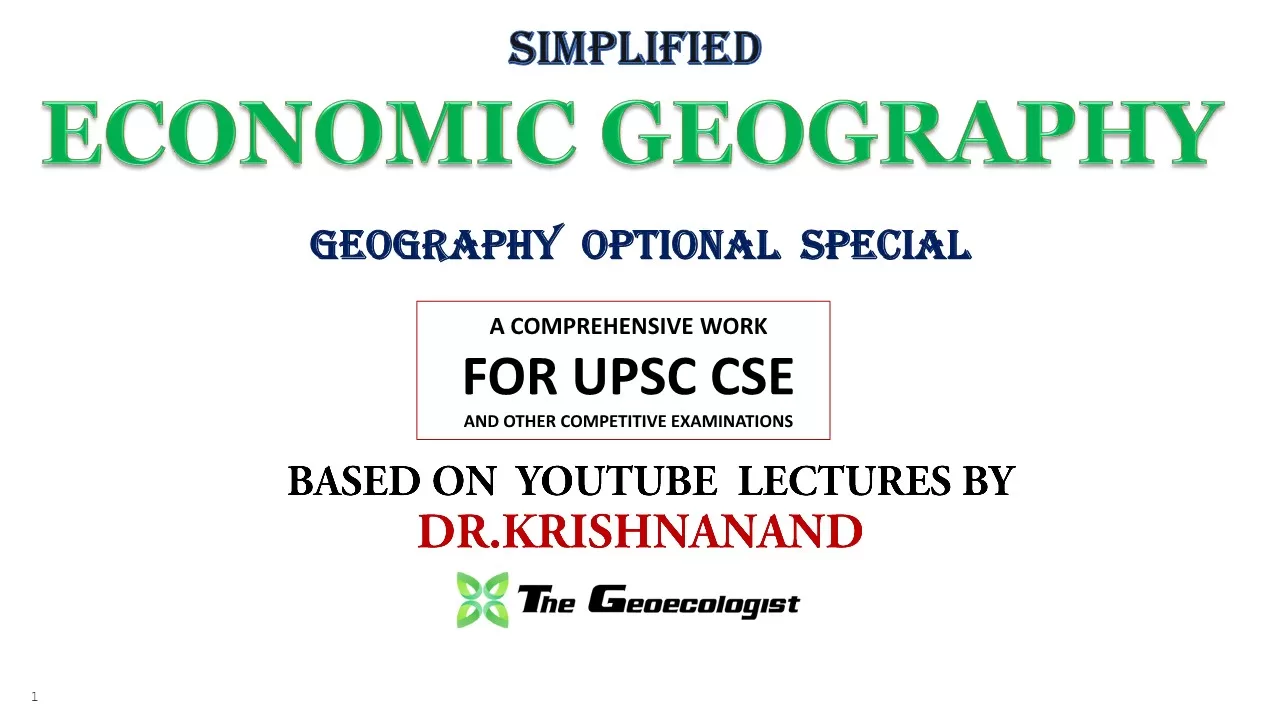

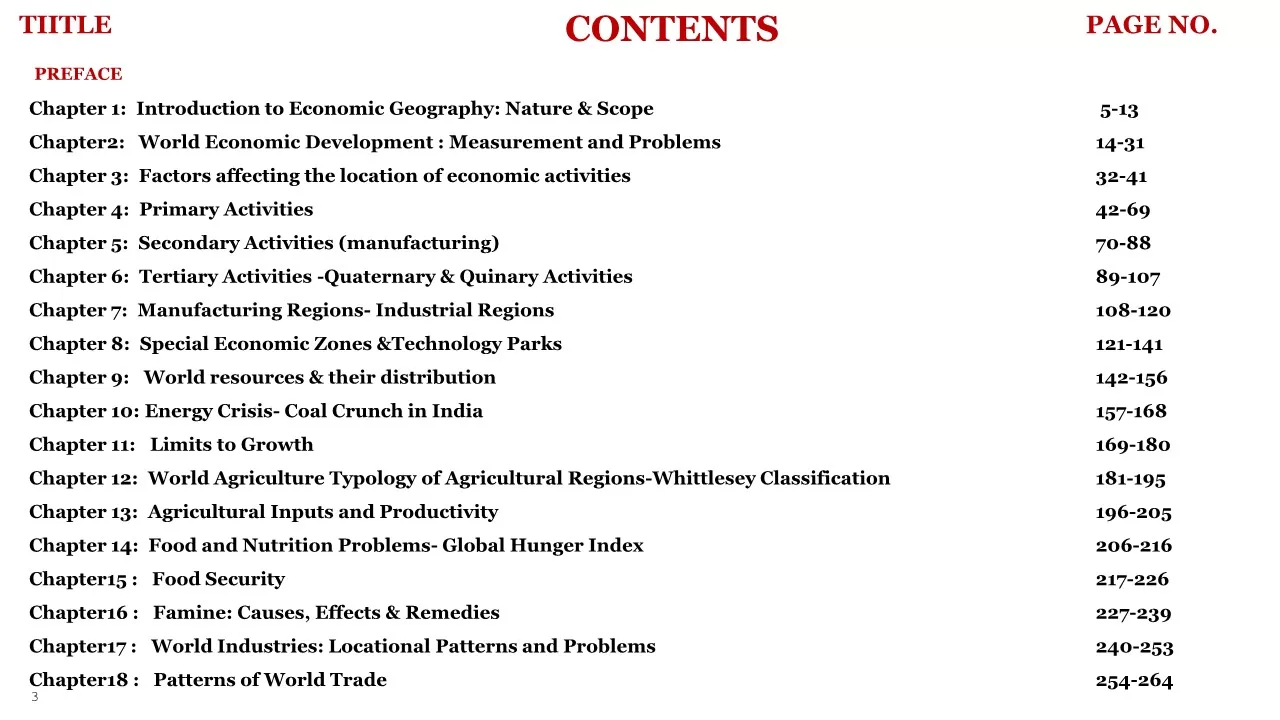
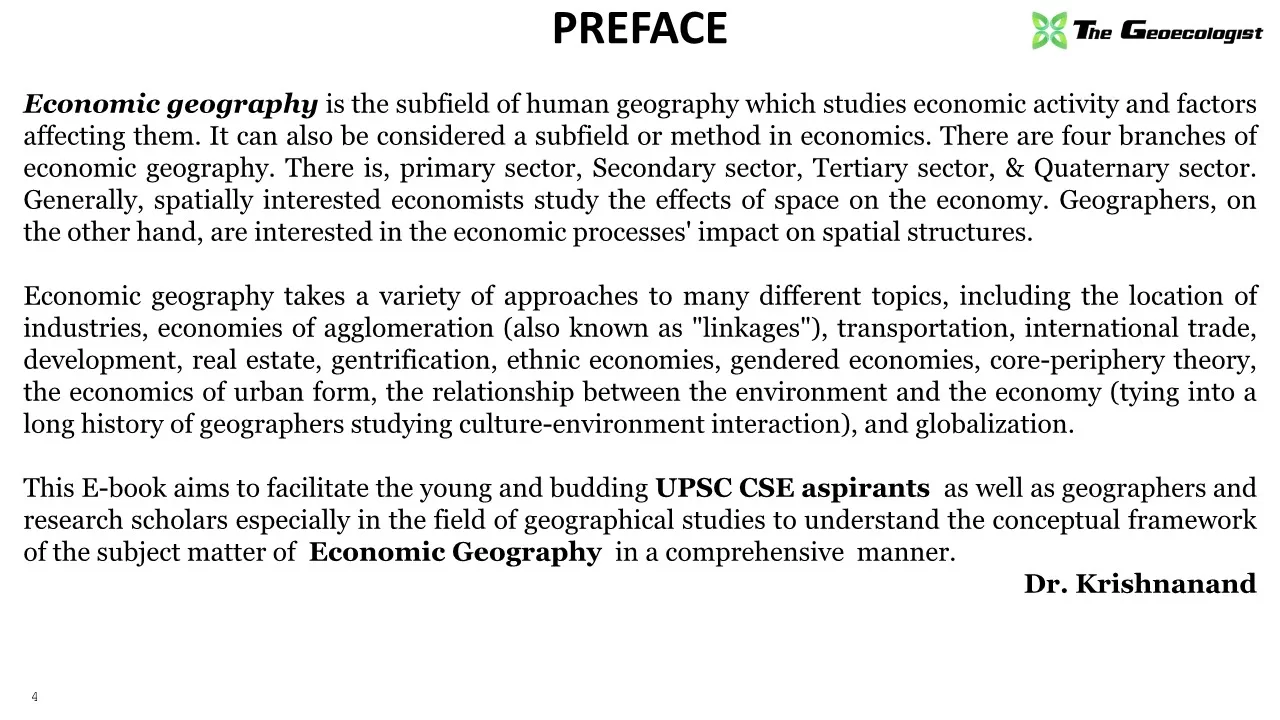
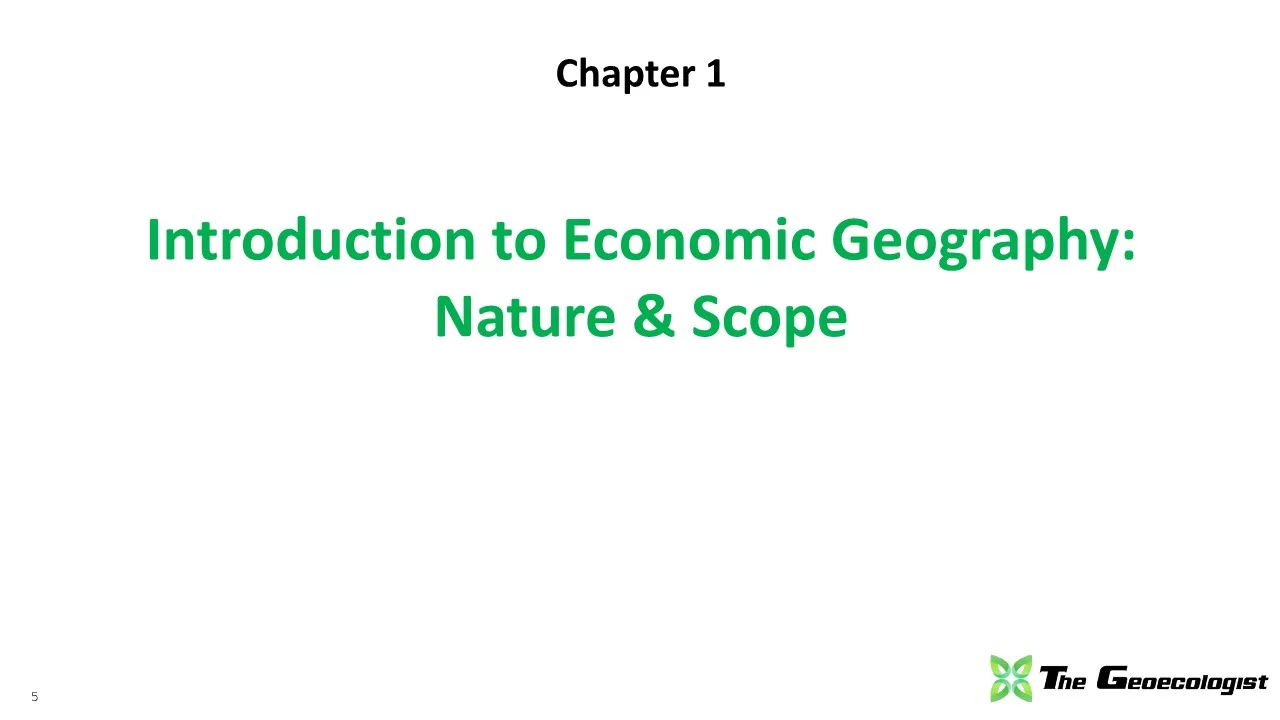
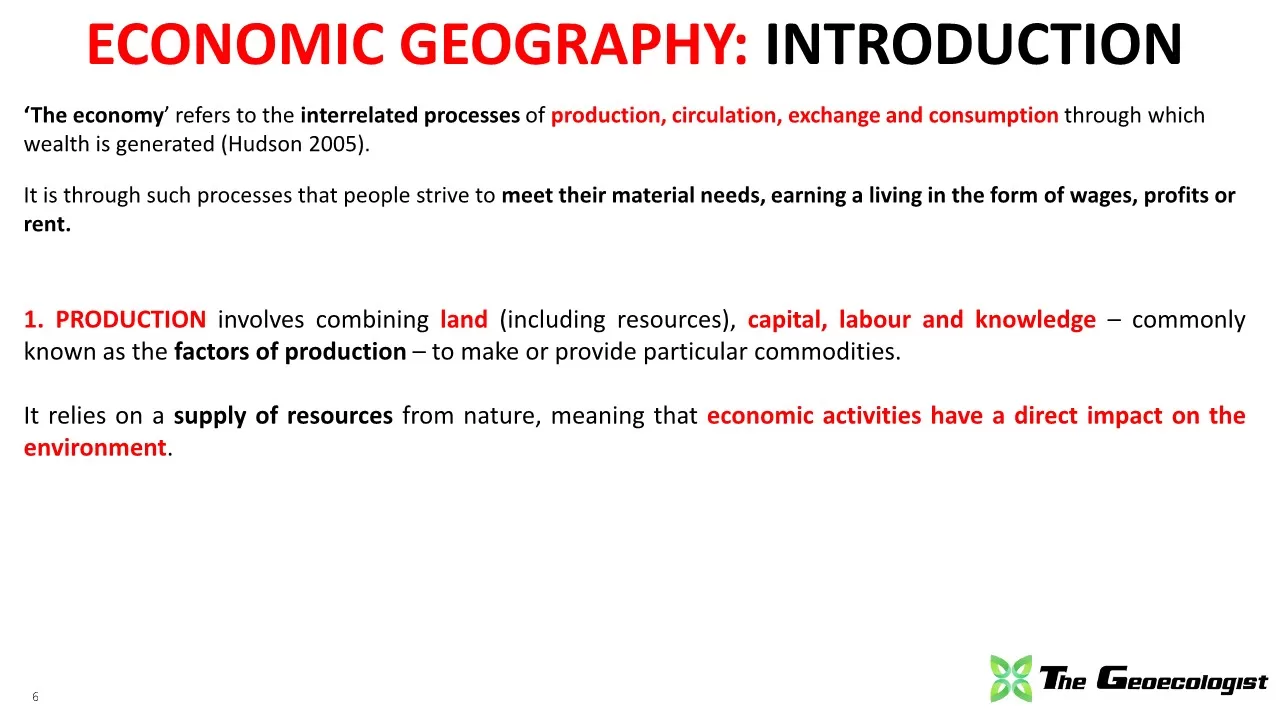

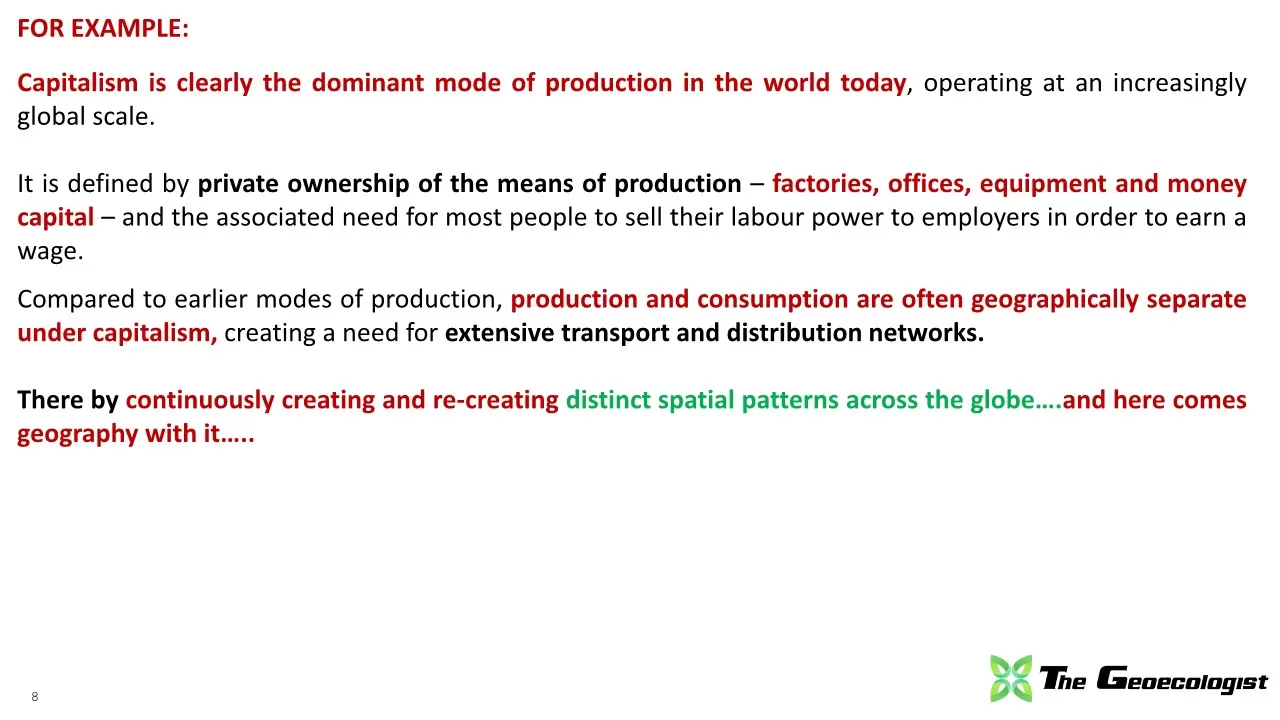
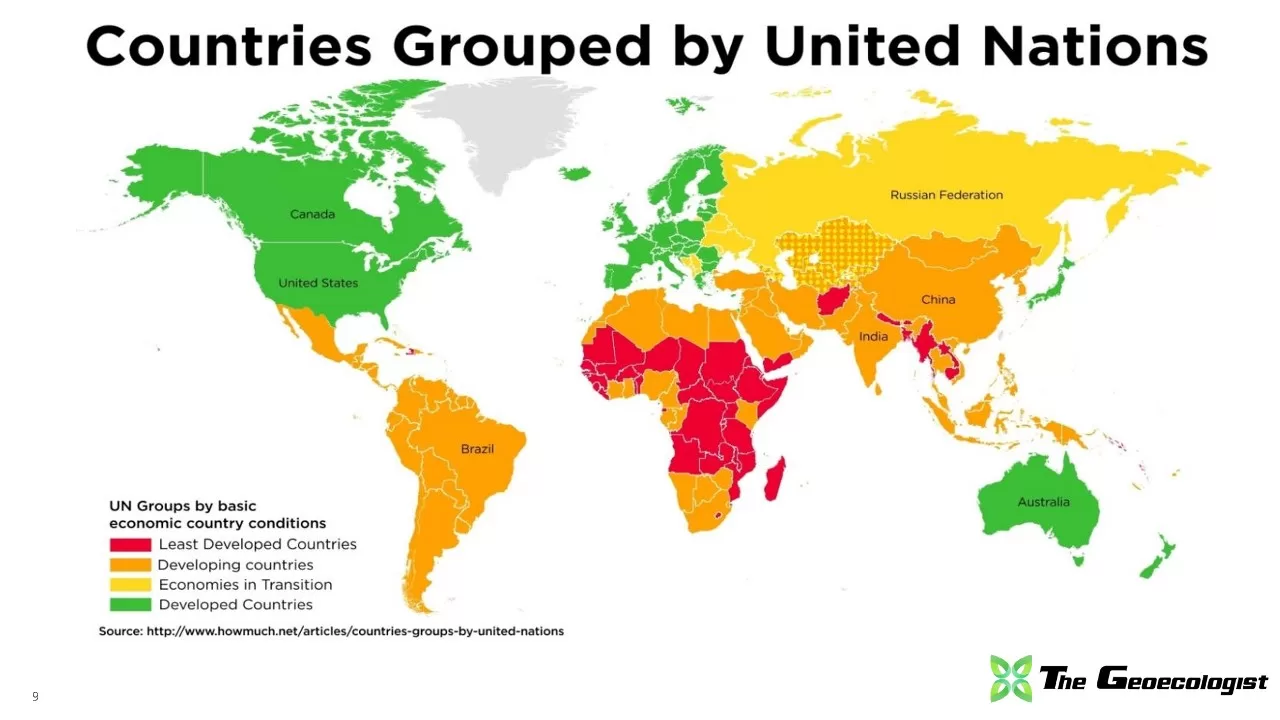
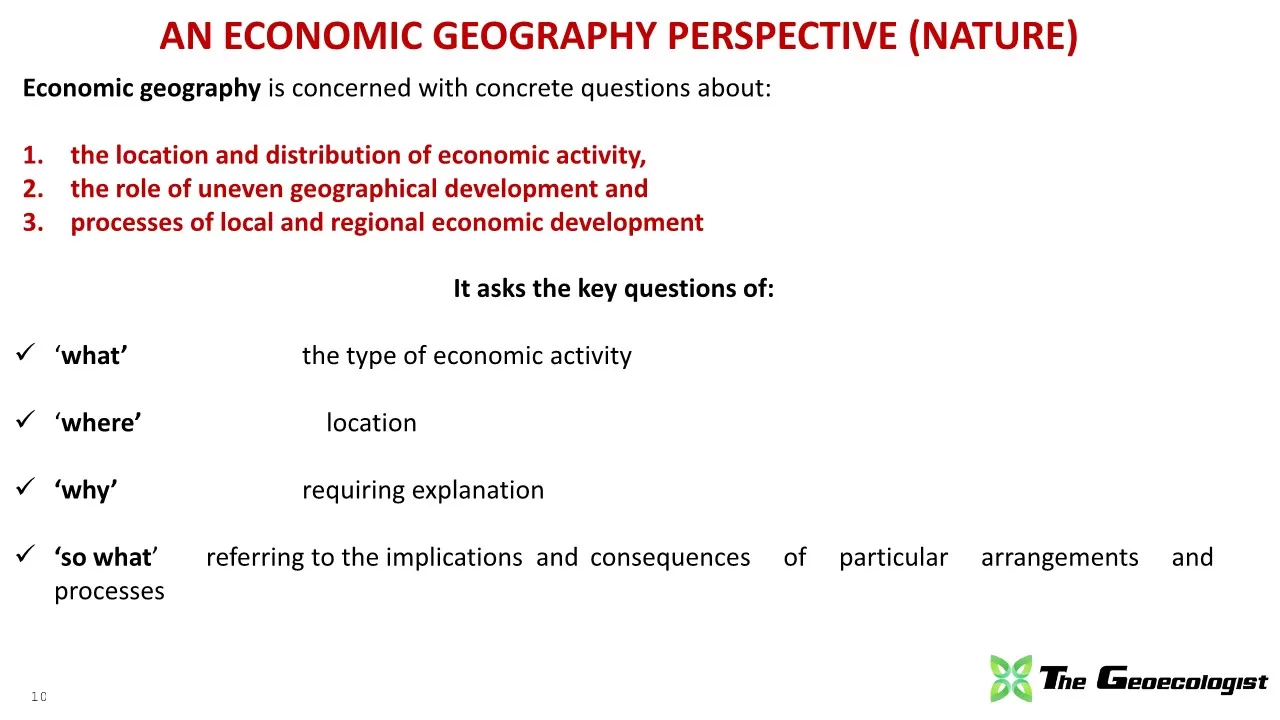











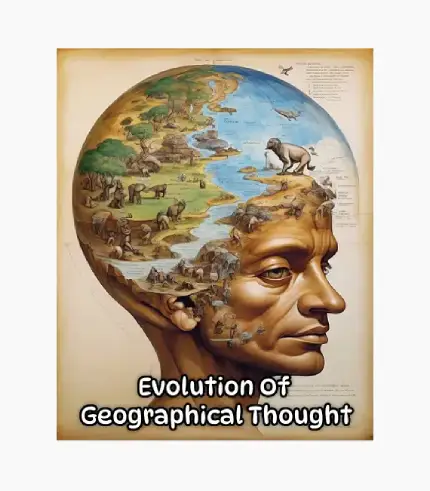















Reviews
There are no reviews yet.